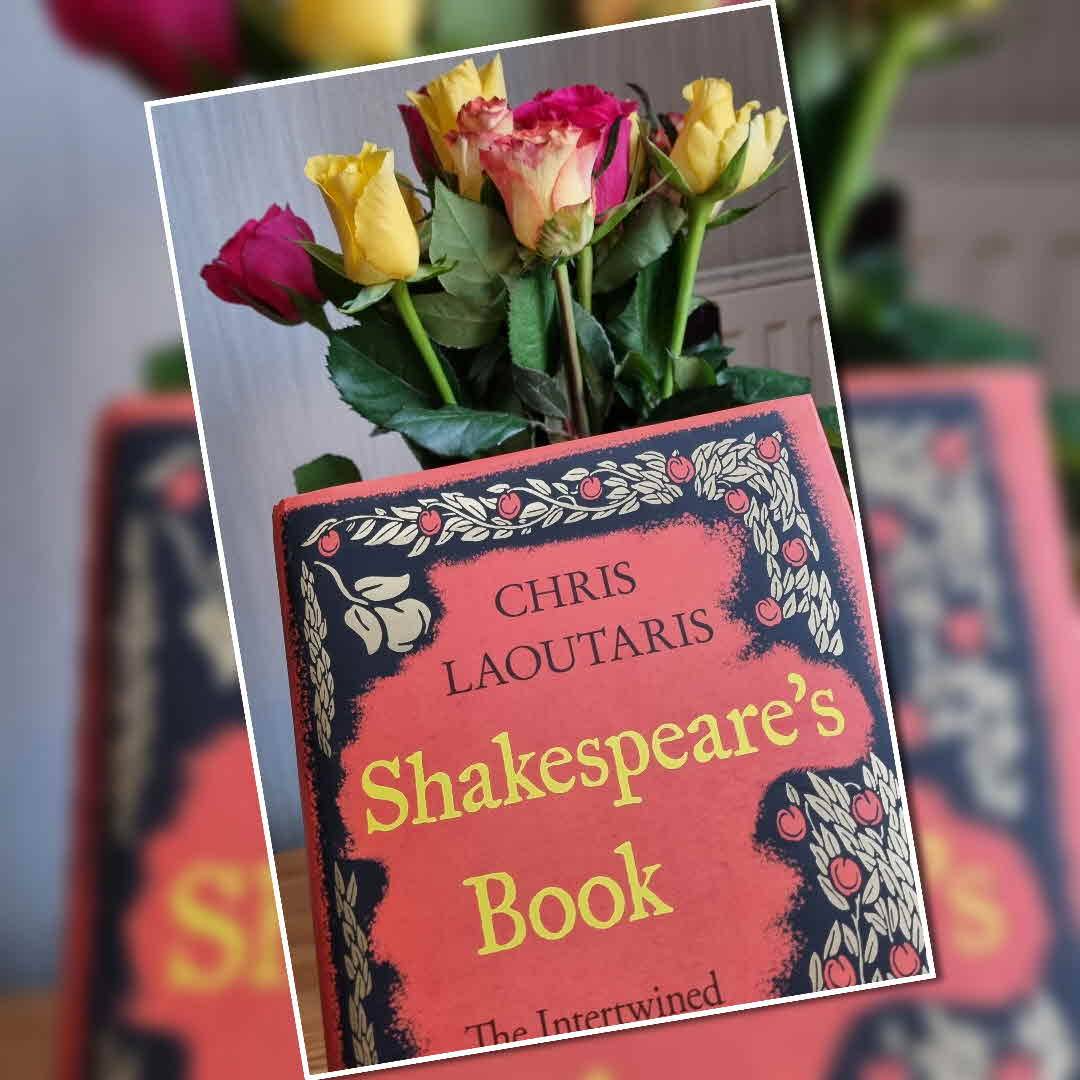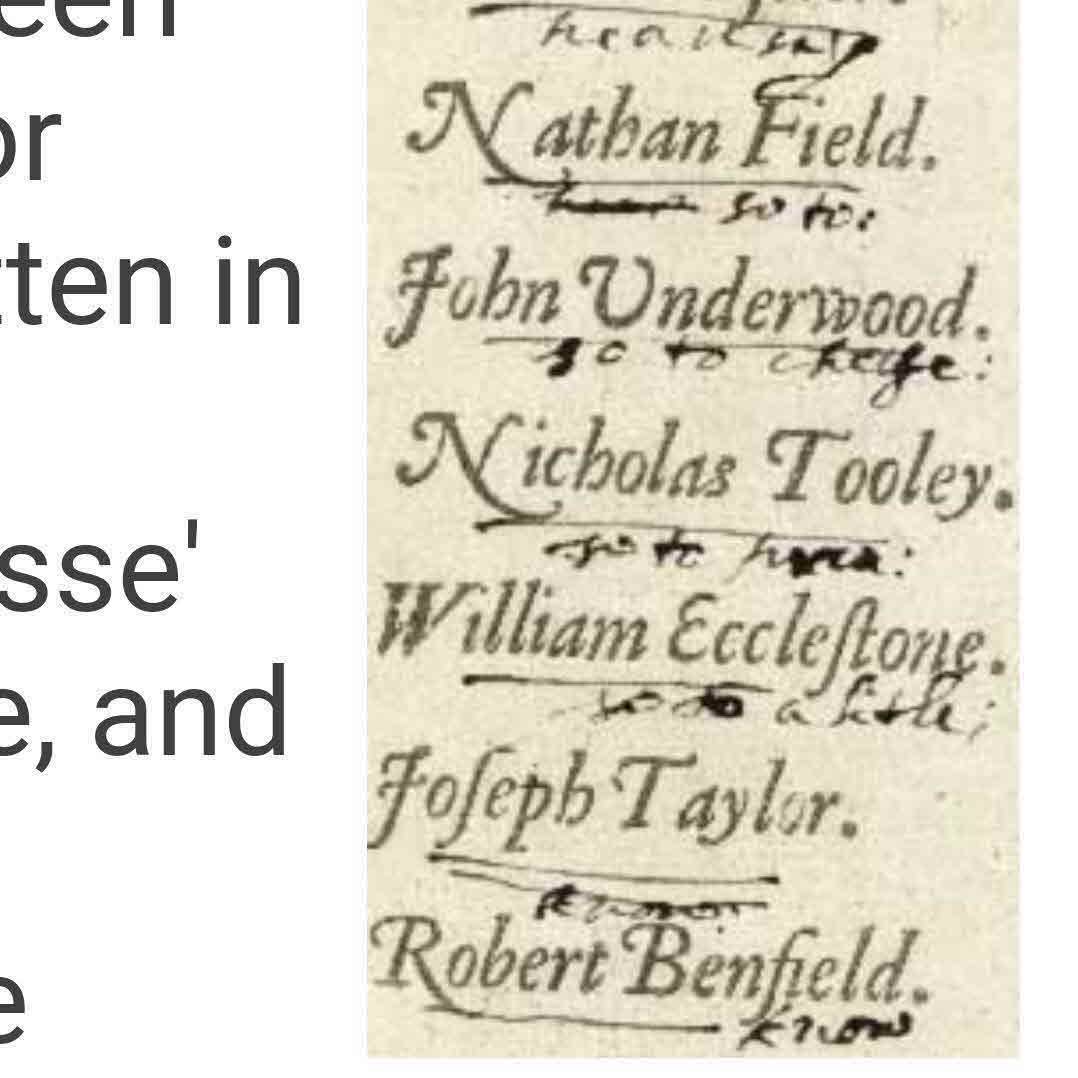
Lots of fascinating detail about how the First Folio made it into print. But also lots that isn't (can't?) be known.
I'll be first into the time travelling machine to check out the bookstalls in St Paul's courtyard c.1623 please...

Lots of fascinating detail about how the First Folio made it into print. But also lots that isn't (can't?) be known.
I'll be first into the time travelling machine to check out the bookstalls in St Paul's courtyard c.1623 please...

The author describes this copy of the folio (held by Glasgow University) where a reader has annotated the actors that they "know".
Image from Glasgow University website
https://www.gla.ac.uk/myglasgow/library/files/special/exhibns/month/july2001.htm...

Even if John Heminges and Henry Condell had consciously worked towards providing posterity with plays which, in their estimation, reflected Shakespeare's 'original' - a word used more than once in the First Folio's pitching - intentions, the process of deciding between existing copies of some of the plays would have meant making tough decisions. Do they stick with Shakespeare's authorial papers for a given play...?
Image from BBC news, 2020.

...the Bishop of London, then still living, 'called together all his clergy about this town, and told them he had express commandment from the king to will them to inveigh vehemently and bitterly in their sermons against the insolency of our women'. The focus of James's ire was a recent trend in feminine attire, particularly 'their wearing of broad- brimmed hats, pointed doublets, [and] their hair cut short or shorn'.

By the time the First Folio syndicate had been formed, St Paul's Cross Churchyard had long been the hub of England's book-selling industry. Around twenty-eight booksellers had set up shop within its boundary by the turn of the century.